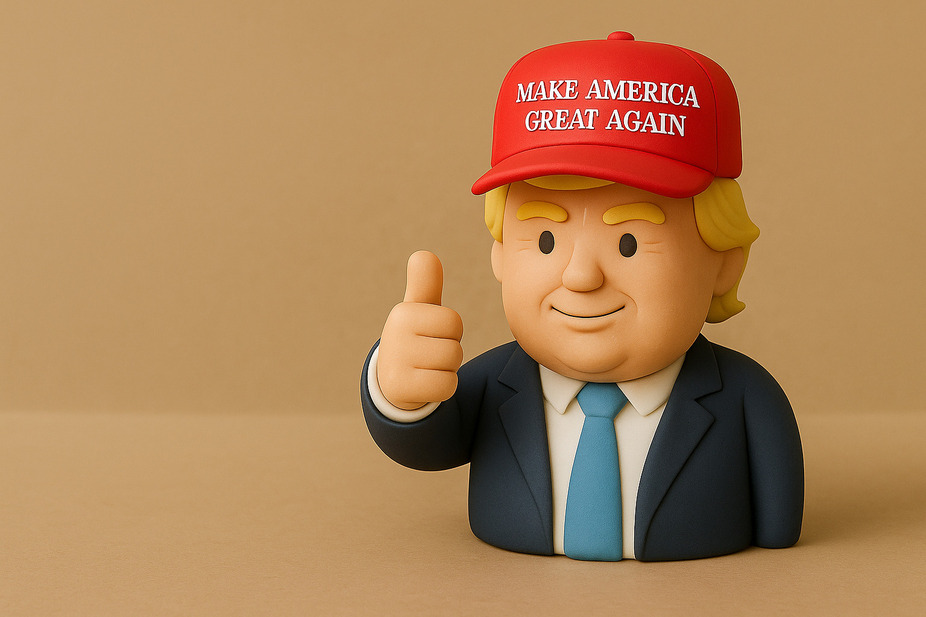Popular cryptos
USDD
Download Ironwallet app and get tool for making transaction without network fee
About USDD
The rise of cryptocurrencies over the past decade has been nothing short of remarkable. While volatile assets like Bitcoin and Ethereum have dominated the headlines, a new class of cryptocurrencies known as stablecoins has emerged as a potentially transformative innovation. One such stablecoin that has gained significant traction recently is USDD. In this article, we will explore what exactly USDD is, its origins and mechanics, benefits and challenges, and where it may be headed in the future.
What is USDD?
USDD is a stablecoin pegged to the US dollar, meaning each USDD token is valued at exactly $1 USD. It was launched in May 2022 by the blockchain startup TRON in collaboration with several institutional partners. Unlike volatile cryptocurrencies, USDD aims to maintain a stable value through a complex set of collateralization and algorithmic mechanisms. Holders of USDD can redeem each token for $1 USD, providing a useful digital alternative to traditional dollars.
History of USDD
USDD was launched by TRON founder Justin Sun and the TRON DAO Reserve. TRON is a leading blockchain ecosystem founded in 2017 that has since expanded into stablecoins and decentralized finance. The TRON DAO Reserve serves as the custodian for the collateral assets backing USDD. Several high-profile institutional partners were involved in USDD’s launch, including Circle, FTX, Bitfinex, and KuCoin.
The launch of USDD is part of TRON’s broader decentralization initiative across its ecosystem. Stablecoins like USDD aim to bring stability and usability to decentralized finance on blockchain networks. Since launching in May 2022, USDD has seen rapid growth in adoption and now ranks among the top 50 cryptocurrencies with a market capitalization of over $700 million.
How USDD Works
USDD maintains its 1:1 peg to the US dollar through a complex set of collateralization and incentive mechanisms for maintaining the peg. It is an algorithmic stablecoin, meaning its stability is derived from algorithms instead of being directly collateralized with fiat reserves.
Here is a brief overview of how USDD maintains its peg:
- TRON DAO Reserve holds reserves of highly liquid assets like USDT and BTC as collateral.
- When USDD is minted, an equivalent value of reserves is locked to back it.
- Arbitrage traders are incentivized through yield to maintain the peg by trading USDD $1 when it deviates.
- Extra incentives like swap fees and savings rates on USDD also help maintain the peg.
- Algorithms autonomously control supply expansion and contraction.
This multi-layered system aims to dynamically hold the value of USDD stable at $1 USD. The mechanisms provide confidence in redemption while remaining decentralized.
Benefits of USDD
As a decentralized US dollar-pegged stablecoin, USDD offers several advantages that make it a compelling cryptocurrency. Some of the main benefits include:
- Price stability – USDD avoids the volatility of regular cryptocurrencies, making it better suited for payments, lending, and everyday digital transactions.
- Transparency – As a blockchain-based asset, USDD transactions are publicly verifiable on the TRON blockchain, upholding transparency.
- Speed & cost – Transactions in USDD settle rapidly at low cost on the TRON network. This enables real-world utility.
- Decentralization – USDD does not rely on any centralized third-parties for issuance or redemption, upholding decentralization principles.
- Embedded DeFi incentives – USDD users can earn yields through liquidity pools, trading incentives, and other DeFi opportunities within the TRON ecosystem.
- Adoption – TRON’s extensive ecosystem and partnerships are driving rapid mainstream adoption of USDD, particularly in emerging markets.
By combining price stability with the technological advantages of blockchain, USDD represents an important evolution in digital currency.
Challenges Facing USDD
Despite its innovations, USDD also faces critical challenges and uncertainties around its stability mechanisms and regulatory treatment. Some of the main challenges include:
- Maintaining the peg – Unlike collateralized stablecoins, USDD relies on algorithms and incentives to maintain its dollar peg. This complex mechanism remains unproven long-term.
- Oversupply risks – Critics argue the reward mechanisms may lead to potential oversupply of USDD, compromising the peg. Strict controls are necessary to mitigate this risk.
- Backup collateral – Questions remain around the adequacy of TRON DAO’s backup reserves to redeem USDD if ever necessary. Transparency around these reserves is vital.
- Regulatory uncertainty – Like all cryptocurrencies, USDD faces an uncertain regulatory outlook. Stablecoins may attract heightened scrutiny from financial regulators.
While USDD’s design is innovative, it ultimately needs to stand the test of time and skepticism around long-term stability without proven reserves. Striking the right balance between decentralization and stability is critical.
USDD vs Other Stablecoins
USDD enters a crowded field of stablecoins, including market leaders like Tether’s USDT and Circle’s USDC. Here is how USDD compares:
- USDT – As the first major stablecoin, USDT remains the market leader but reserves transparency has been a continued criticism. USDD aims higher transparency through on-chain disclosures.
- USDC – Issued by Circle and Coinbase, USDC is a popular transparent stablecoin backed by reserves and regulatory compliance. USDD is attempting to meet stability through algorithms instead.
- DAI – DAI pioneered decentralized algorithmic stablecoins. But it still relies on crypto collateral. USDD aims for a truly fiat-like stablecoin using incentives.
- BUSD – Issued by Binance, BUSD is another popular collateralized stablecoin. USDD distinguishes itself primarily through its algorithmic approach.
USDD carves a unique niche as the leading algorithmic stablecoin on the ascendant TRON blockchain. But it faces stiff competition from a variety of dollar-pegged rivals.
Future Outlook for USDD
The long-term trajectory for USDD remains highly uncertain. As a relatively new algorithmic stablecoin untested by periods of extended volatility, USDD’s stability mechanisms remain unproven. But its ambitious vision could reshape the stablecoin landscape if successful.
Several factors will determine USDD’s future:
- Maintaining stability long-term, especially during crypto downturns, is essential for adoption. This depends on controlling supply diligently.
- Increased transparency around the TRON DAO reserves backing USDD could shore up confidence. Communicating this clearly is key.
- Growing integration and utility of USDD within the vast TRON DeFi ecosystem will drive demand and circulation.
- Regulatory outcomes will have an outsized impact. Constructive engagement could bolster credibility. But hostile interventions could severely impede progress.
- Competitor dynamics will shape USDD’s market position. Both algorithmic stablecoins and collateralized alternatives carry tradeoffs.
There remain more questions than answers around decentralized stablecoins. But as blockchain technology matures, USDD has potential to make dollar-pegged digital money more accessible for the world. The path ahead will be filled with challenges and unknowns, but also great promise if executed responsibly.
Conclusion
USDD represents an ambitious attempt to meet growing demand for usable and stable cryptocurrencies. Its complex mechanism for maintaining a dollar peg without direct collateralization reflects ingenuity. However, USDD is still wholly unproven over the long-term and faces an uncertain regulatory future. Success will depend on maintaining stability through bull and bear cycles alike. If it can deliver on its peg consistently, USDD could become a widely adopted on-ramp between the traditional economy and the emerging world of decentralized finance. But skepticism rightfully remains high around such an untested algorithmic stablecoin. Regardless, it offers a fascinating case study in the evolution of digital currency.

























